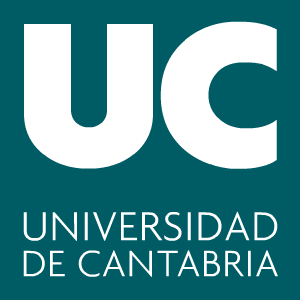The objective of this project is to advance on modelling coastal compound flooding impact and risk due to the interaction of multiple drivers (precipitation, river discharge and sea level composed by tide, surge and waves) with the natural and human systems to provide climate and flooding information at two time scales: short-term predictions and long-term changes due to climate change, and two spatial scales: regional and local for the development of risk reduction measures such short-term forecast and long-term planning. For that purpose, the following specific objectives are defined:
To characterize the Spanish coastlines in terms of their compound flooding drivers, impact and risk, identifying hotspots and driver combinations that are more likely to contribute to compound flooding;
To develop a computational-efficient methodology to simulate compound flooding at local scale linking several hydrological, oceanographical and hydraulic models using statistical and hybrid methodologies to be implemented for short-term predictions and for obtaining climate change projections of compound flooding;
To define a dynamic modelling framework to examine the effects of morphodynamic changes in compound flooding inundation in the short-term variability (extreme storms) and in the very long-term variability (climate change) as a proof-of-concept;
To develop methodologies that can be used as prototypes to develop new coastal flooding products by the climate services industrial partner of this consortium.
We have designed eight work packages (WP) that will be completed throughout the duration of the project facilitating the achievement of the objectives. The attached figure shows the developments within each WP and how they are connected through the different WPs.



